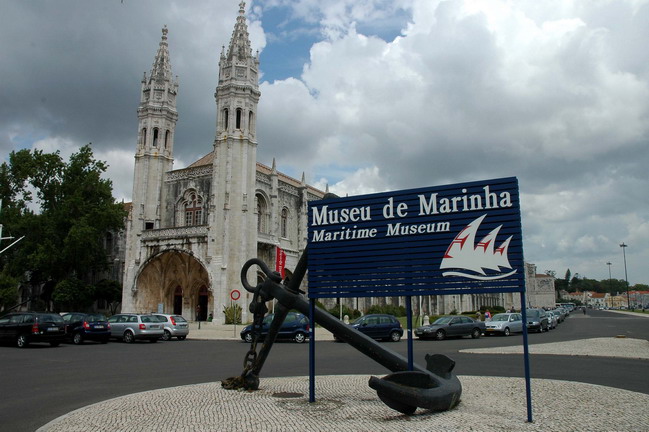
Founded by King D. Luís in 1863, 100 years later the Naval Museum was installed in part os the Jerónimos Monastery, becoming symbolically associated with the site that saw the Portuguese fleets setting out to discover the routes over the great oceans.
This museum, with more than 17 thousand items, among them almost perfect models of ships, from naus and caravels to “modern” cruisers, bears fascinating testimony to maritime history and the activities of the Portuguese navigators.
In the entrance hall a huge globe shows the routes of the Portuguese expansion from the 11th to 16th centuries and the sharing of the world between the crowns of Portugal and Castile after the Treaty of Tordesillas.
You will not fail to notice the cabins of the royal yacht Amélia, acquired by King D. Carlos in 1901 and used in his oceanographic work. Furniture, crockery, glass and cutlery re-create the intimate atmosphere of the Portuguese royal family.
On the day of the foundation of the Portuguese Republic, 5th October 1910, the yacht Amélia took D. Manuel II, the last king of Portugal, to Gibraltar.
The large Galliot Pavilion houses the imposing royal yachts and brigs, 6 magníficent galliots, and various examples of traditional Portuguese ships.
The seaplane “Santa Cruz”, used by Sacadura Cabral and Gago Coutinho to complete the first air crossing of the South Atlantic, from Lisbon to Rio de Janeiro in 1922, represents an important page in the history of world aviation.